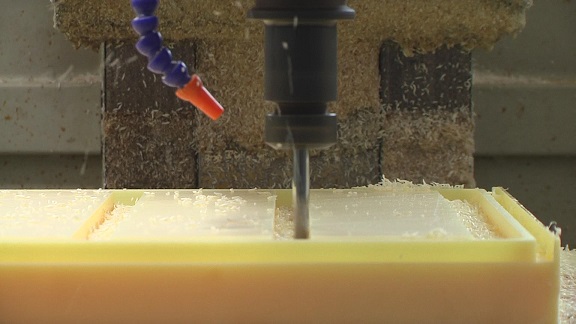Get in touch.
Dear,I will reply in 12 hours. All your message are protected!
Rapid Prototyping Services, Professional manufacturer of CNC Prototyping and 3D Prototyping in China.
CNC machining allows for the precise fabrication of complex parts and components. However, there may be instances where the size or complexity of a workpiece requires segmented machining. This technique involves dividing the machining process into multiple stages to achieve the desired results. In this article, we will explore the steps and best practices for performing segmented machining using CNC.

1.Workpiece Analysis:
Start by analyzing the workpiece and identifying areas that require segmented machining. Consider factors such as size, complexity, material, and machining limitations. Determine the optimal approach to dividing the machining process, taking into account the desired precision, surface finish, and dimensional accuracy.
2.CAD Design and Programming:
Create a detailed 3D model of the workpiece using CAD software. Divide the model into segments based on the identified machining stages. Each segment should be programmed separately, with its own toolpaths and cutting parameters. Use CAM software to generate the segmented CNC program, ensuring compatibility with the CNC machine you are using.
3.Workpiece Fixturing:
Securely fixturing the workpiece is crucial to maintain stability and accuracy during segmented machining. Consider using specialized fixtures, clamps, or custom-made jigs to securely hold each segment in place. Ensure proper alignment and orientation of the workpiece segments to maintain consistency throughout the machining process.
4.Segmented Machining Process:
Execute the segmented machining process according to the programmed toolpaths and cutting parameters. Begin with the first segment, machining it to completion before moving on to the next segment. Take into account any alignment or registration features to ensure proper positioning and accuracy between segments. Repeat this process for each segment until the entire workpiece is machined.
5.Quality Control and Alignment:
Regularly inspect each machined segment for accuracy and quality. Use precision measuring instruments such as calipers, micrometers, or coordinate measuring machines (CMMs) to verify dimensions and tolerances. Pay attention to alignment and registration features to ensure proper fit and alignment between segments. Make any necessary adjustments during the machining process to maintain consistency and accuracy.
6.Surface Finish and Assembly:
After completing the machining of each segment, evaluate the surface finish. Consider any post-machining operations such as deburring, sanding, or polishing to achieve the desired surface smoothness. Once all segments are machined and finished, assemble them using appropriate joining techniques such as adhesives, fasteners, or welding, depending on the specific requirements of the workpiece.
Conclusion:
Segmented machining using CNC is a valuable technique for handling large or complex workpieces. By analyzing the workpiece, dividing the machining process, programming each segment separately, ensuring proper fixturing and alignment, and maintaining quality control throughout the process, you can achieve precise and accurate results. Implement these techniques to enhance the efficiency and accuracy of your CNC machining projects involving segmented machining.
© 2005-2025 Shenzhen Tuowei Model Technologies Co., Ltd. | All Rights Reserved 粤ICP备11096697号